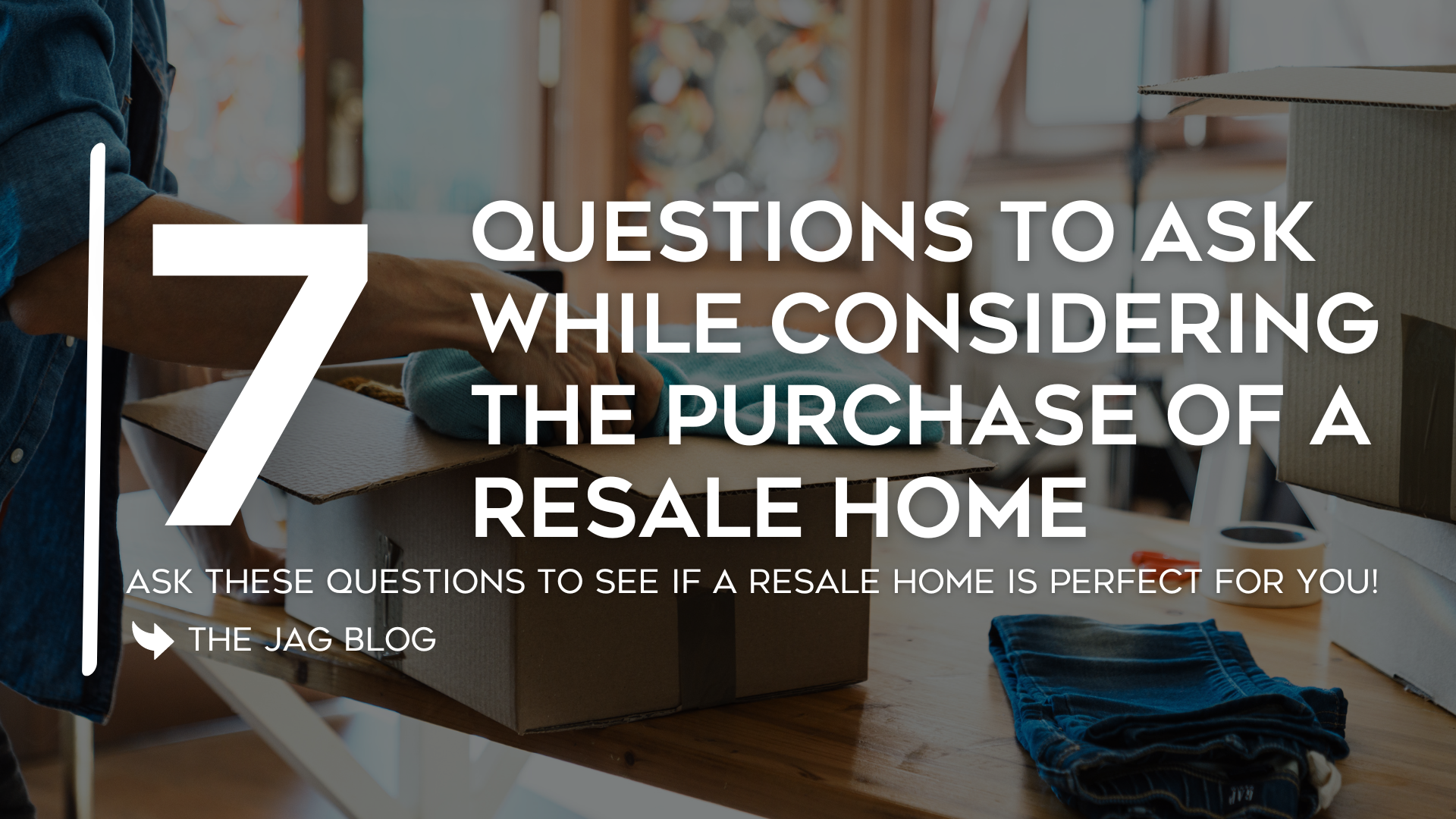How to buy your first home: A step-by-step guide

Buying your first property is a significant milestone. With that milestone comes excitement, anticipation, and often, a lot of stress. After all, purchasing a home is one of the biggest decisions you’ll make in your lifetime and it’s not one that should be taken lightly. But it also doesn’t have to be a process that adds additional worry to your life.
To help demystify the process of buying a home, the following outlines the actionable steps that will help you navigate your journey from potential buyer to new homeowner.
Step 1: Assess your financial situation
Before you get serious about house hunting, you must evaluate your financial health. This is an incredibly important piece of the puzzle. A good financial assessment involves knowing the following:
- What your budget looks like. One of the smartest things you can do before you get started house hunting or talking to a mortgage lender is to know your budget. You’ll need to calculate your monthly income, expenses, and the amount you can comfortably allocate towards a mortgage.
- Your credit score. The better your credit score, the better your opportunities to secure you a favorable mortgage rate. Obtain your credit report and take steps to improve your score if necessary. A site like Credit Karma is a great resource where you can check your score for free and even get advice on how to improve your score if necessary.
- How much you’ve saved. You’ve likely heard you should save at least 20 percent of the property’s price, which helps you avoid private mortgage insurance (PMI). But keep in mind that 20 percent down isn’t a necessity for first-time buyers. Still, you’ll need funds for closing costs, moving expenses, and initial home maintenance.
Step 2: Determine your home and property requirements
You will have priorities in your next home. Start weighing what those priorities might be to create a wish list of wants versus needs that you can share with your agent as you begin your home search. Consider the following factors:
- Location: How close do you need to be to places like work, schools, amenities, and public transportation? Is there a certain community you’d like to stay in? Are you open to new locations you may not be thinking about? Be sure to note whether a location is a want or a need.
- Type of property: There are differences between different types of properties, so be thinking about whether you want a single-family home, condo, or townhome. If you want something low maintenance, a condo or townhome may be the perfect thing for you. But if you need a yard for a pet or kids, a single-family home may be the way to go.
- Size and layout: Determine the number of bedrooms, bathrooms, and overall square footage you’ll want in your home. Be sure to include things like a fence or multi-car garage if that’s on your priority list.
- Future plans: Think about long-term needs you may have that could help you make a clear decision. Consider things like potential family growth, work-from-home needs, and anything else that ranks high on your list.


Step 3: Understand the market
It’s important to familiarize yourself with the Triangle real estate market as you begin your home search. Things you should know include the following
- Property prices vary across the Triangle: It’s important to understand that housing prices may vary depending on where you want to live. Yet, understanding these prices can help you gauge affordability. For example, Triangle MLS shows the median sales price in Wake County as of May 2024 was $503,000, while the median price for Johnston County was $368,500. You need to understand this market as you get started.
- Market trends: It’s a seller’s market in the Triangle, which means many sellers are getting close to asking prices on their homes. You may not have a lot of room to negotiate.
- Know the neighborhoods: If you have an idea of where you want to end up within the Triangle, you’ll want to research neighborhood safety, school ratings, and future development plans to see how these facts may affect your location.
Step 4: Get pre-approved for a mortgage
A mortgage pre-approval gives you a clear picture of how much you can borrow and shows sellers that you are a serious buyer. During this time, lenders will pull your credit report to get an initial idea of what your financial picture looks like. To get pre-approved:
- Choose a local lender: It’s always wise to compare mortgage rates from various lenders, but make sure you talk to a trusted, local lender like Towne Mortgage of the Carolinas or North State Bank, who know the Triangle market and have the experience, insights, and connections to ensure your needs are met. Be ready to talk about your budget and savings when you meet with a lender.
- Submit documentation: You’ll need to provide financial statements, including two years of W-2 statements, 30 days of pay stubs, and a recent bank statement.
- Receive pre-approval letter: This document outlines your loan amount, interest rate, and terms. It’s what you’ll need to have ready as you meet with a real estate agent and begin looking for homes.
Step 5: Find a reputable real estate agent
A great real estate agent can not only streamline your property search, but they are there to negotiate on your behalf. When choosing an agent, make sure to look for the following:
- They are responsive: Look for someone who is prompt, professional, and genuinely interested in what you’re looking for.
- They have great references: Ask for references or read online reviews for a good sense of how proactive they are. Make sure you get insights into how well they can negotiate on your behalf.
- They have a plan to help you in your buying journey: They should have a strategy for helping you find the right home for your specific wants and needs.
Step 6: Start house hunting
With a pre-approval letter and a real estate agent by your side, you can start viewing properties. Keep these tips in mind:
- Take notes: Document the pros and cons of each property.
- Take photos and videos: Capture images and videos to review later.
- Ask questions: Inquire about property history, neighborhood, and any potential issues.
Step 7: Make an offer
Once you find the perfect property, it’s time to make an offer. Your agent will help you:
- Determine the offer price: This is based on a market analysis and the property condition. Your agent will guide you on the offer letter and will keep you informed throughout the process.
- Include contingencies: This may include financing, inspection, and appraisal contingencies. Talk to your agent for their recommendations in the current market.
- Negotiate terms and come to a final agreement: Be prepared to negotiate with the seller for the best deal. Your agent will guide you through the process. If you can’t come to a final agreement, it may be time to move on to a different home.
Step 8: Conduct due diligence
Before finalizing the purchase, you’ll want to conduct thorough checks that are part of the process:
- Get a home inspection: You’ll need to hire a professional to inspect the property for structural issues and necessary repairs. If there are issues you want addressed, you’ll negotiate those with the seller. If there are issues you can’t come to an agreement on, you may be able to walk away. Talk to your agent for details.
- Get an appraisal: An appraisal ensures the property’s value matches the purchase price for your lender.
- Review contracts: Carefully review all contracts and agreements with your agent and attorney.
Step 9: Close the deal
If everything checks out, you can proceed to closing. This involves:
- Final walkthrough: This stage ensures the property is in the agreed condition.
- Sign documents: You’ll sign the necessary paperwork to transfer ownership.
- Pay closing costs: Closing costs cover things like title insurance, attorney fees, and taxes that will be paid further down the road.
- Receive keys: Once the transaction is complete, you’ll receive the keys to your new home.


Step 10: Move In and enjoy your new home
Congratulations! You’ve successfully navigated the process of buying your first property. Now, it’s time to move in, personalize your new space, and enjoy the benefits of homeownership.
While it sounds like a lot to navigate, it’s wise to stay patient, seek plenty advice from real estate experts, and to be prepared for what’s coming. But by following these steps and staying informed, you can confidently make one of the most significant purchases of your life.
The Jim Allen Group provides access to information on this blog/website as a public service for educational purposes only. Although reasonable efforts have been made to ensure that all of the information made available is current, accurate, and complete…[read more]


